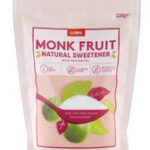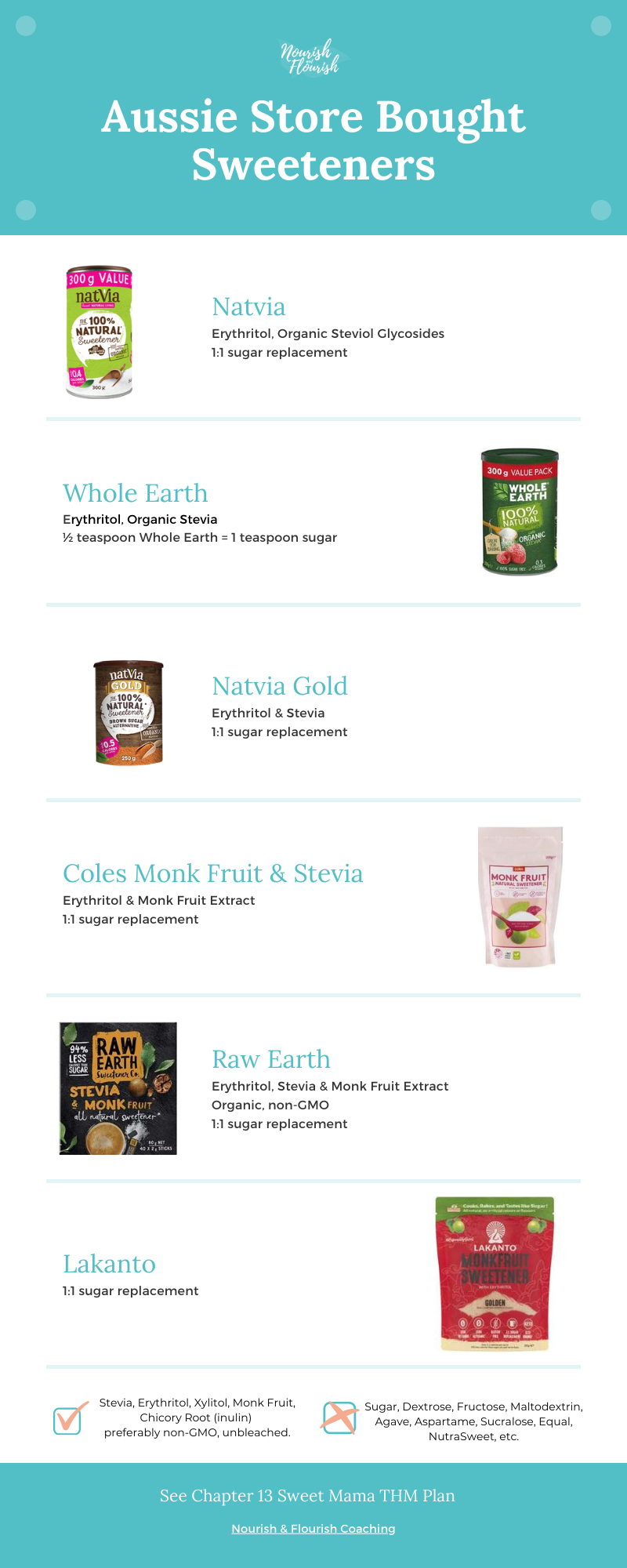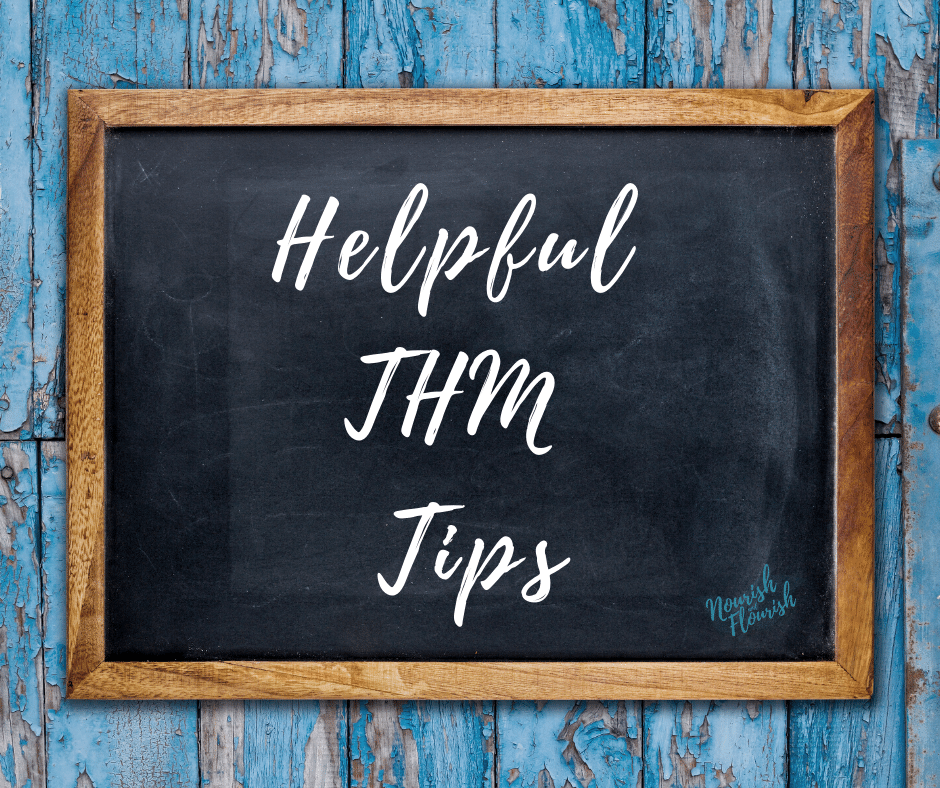I love Trim Healthy Mama (THM) because it is an excellent educational tool for any person, but especially easy for mama’s and busy women to understand and implement. First there was the large, original book which was not the easiest read. Then, THM condensed the information into the THM Plan book and that is much easier and quicker for people to read and start implementing the principles.
THM is, in essence, a set of guiding principles. It is not a diet. No two people’s eating plan will look the same and that’s the way it should be. We are all very different. We have come from different background, had different life experiences, have different budgets, cultural needs, family needs, health concerns, allergies and personal preferences.
Below is a short Getting Started guide. This is to help those people who find it hard to read through the whole book and get started. It is NOT a replacement for the book. Not one little bit. The book is essential. You need to understand the principles of WHY we do certain things in order to see the food freedom of the plan. Use this guide as a training resource along with the book. When you *get it*, the plan will become real to you and you will be able to tweak it to suit your lifestyle, needs, budget and circumstances.
Trim Healthy Mama is a simple, effective practical lifestyle program that helps anyone of all ages and stages of life slim down or gain weight (depending upon your needs) and gain greater health. The THM plan can be customised to fit your individual needs, preferences, challenges and circumstances. This is NOT a low carb diet. It is not keto with some carbs. It is a flexible, low glycemic plan that includes good, healthy fats and slow burning carbs, fruits, vegetables, grains and dairy.
To lose weight AND to build health we need to:
- Stabilise our blood sugar levels
- Eat one fuel at a time
- Allow our body to use the fuel we have just eaten
- Nourish and hydrate our body
Getting Started
Start slowly. Accept that this is not a ‘fast weight loss’ plan. Some people like to jump in boots and all! Others need to wade in slowly – one meal at a time. There’s no one right way but it depends upon who you are. I want to help you succeed.
Try making a few S or E breakfasts for a week. After that you’ll be confident enough to add in some lunches and dinners. Soon you’ll find yourself making all your meals the THM way, go you! Even if it takes you a full month or two to switch over, that is completely fine. No rush. You can do this!
Protein anchors every meal. Use lean protein only for E or FP meals. S meals can have fatty protein or lean protein.
There is no set order for eating S or E meals. You can change them up however you wish. We call this freestyling.
To Do
1. Do a kitchen clean-up! Get rid of sugar or ‘white’ products. No potatoes (for now), flour, noodles, pasta, no chips, bread, sugar, pastries, etc.
2. Sub out a few ingredients: throw out any PUFA oils like canola, sunflower, etc. Go buy some quality olive oil, organic coconut oil, real butter.
3. Go buy some unsweetened almond milk or coconut milk or a blend of the two.
4. Purchase a sweetener. The quickest and easiest one is to buy a tub of Natvia or Raw Earth. (Also see below for an image and a printable of easily store bought sweeteners) Going cold turkey off sugar will be difficult but do-able. The first few days can be hard with flu like symptoms, headaches, cravings, irritability, etc. But it is worth it! It’s one thing to wean the children very slowly but as an adult, it’s quicker and easier for long term success to go cold turkey.
5. Plan a few days ahead – not too many – things might change. Have some protein sources prepped and ready. Tins of tuna in springwater or olive oil, canned chicken, poached chicken, turkey slices, seasoned, cooked mince meat, boiled eggs, etc. Grab lots of non starchy veggies. Wash them. Cut them up and store them in the fridge so you always have good food handy.
6. Plan for breakfast – what do you usually eat? Are you an eggs and bacon kinda gal or more a porridge/cereal person? An S (fat fuelled) breakfast would be 2 eggs, bacon and some sautéed in coconut oil with veggies like mushroom and zucchini. Or you could try Sweatpants Oatmeal for an E brekky. Wait 3 hour until your next meal/snack.
7. Next meal/snack – what is your protein? Your protein source may dictate your fuel. If you have a fatty piece of chicken then your snack will natural be an S so pair it with some strawberries, cucumber or a slice of cheese.
8. Hydrate! If you don’t drink a lot of water this is the first 101. Work your way up slowly to at least 2 litres of water a day. Do this slowly: add an extra 500ml per day for a whole week. Then the following week, add in another 500ml per day for a week. This will help your body and bladder adjust easily. Experiment with some All Day Sippers if you like but it’s not necessary. Drinking all the water will help you when going cold turkey from refined sugars. Sippers: Good Girl Moonshine, Singing Canary, Apple Pie Sip, Boost Juice, Hello Health Sipper, and Cranberry Wassail.
Fuels
Let’s get into a little more detail about the fuels. There are two primary fuel sources. Fats and Glucose (blood sugar derived from carbohydrates). And our bodies need both in order to keep functioning. With the weight loss part of the THM plan we want our body to burn one fuel source at a time so that most or all of that food source is used and not stored in the body as fat. Protein forms the base of every meal and snack. We can combine our protein source with either fats or carbs but NOT both in the same meal.
Fat meals – Satisfying or S Meals
S meals are protein-centred meals that are always low-carb (5 grams), but liberal with fats. Fat is the primary fuel. S Meals are very satisfying and deter cravings while remaining slimming.
Carb meals – Energising or E Meals
E meals are protein-centred meals that are controlled, low glycemic carbs (45 grams), but have less fat. E meals use carbs or glucose the primary fuel. E Meals will give you energy while maintaining a healthy blood sugar level.
Fuel Pulls
Some foods are low fat and low carb so they match both S and E. These are called Fuel Pulls. These foods are your best friend! They don’t give you sufficient fat or carbs but they fill the tummy and have marvellous health benefits. We can’t just live on meat, cheese, cream, butter and nuts. We need our non starchy veggies – they are your best friend!
Meal Frequency
Ideally, during the day, you will fuel your body with a snack or a meal every three to four hours. Try and start with tbreakfast as early as you can. Not everyone can eat first thing upon rising so just do the best you can. And then fuel your body about 3-4 hours later. No need to get rigid about it . Sometimes life gets in the way and one day you might find yourself going five hours. Okay, it’s not ideal but you’ll be fine. It’s best not to go over the four hours without getting some protein into your body. The 3-4 hour range is great for weight loss as it gives the body a chance to use the fuel from your last meal before you give it more. Grazing or picking on something every hour or so never lets your body fully burn its last fuel. We want the body to use the food fuel so then it can turn to using our excess weight (fat) as fuel. if weight loss is your goal, breaking the habit of eating every 2 hours will help immensely.
Hunger will not hurt you. You are not starving, you are not deprived. You get to eat large portions if you like. So remember that a little hunger is very natural and is a good sign.
If you are having a FP snack and/or are pregnant or breastfeeding, you can snack at the 2.5 hour mark.
Changing Between Fuels
If you are changing from an S to an E snack or meal, be sure to leave two and a half to three hours between them.
Freestyle according to your taste buds, your needs or what’s in the pantry. If you are tired or breastfeeding, try an E meal. If you want comfort food, go for S.
Handy Tips
- Buy the book and read it!
- Know you will mess up and get it wrong or even have off plan meals. Get over it and know you will reset and start again in 3 hours time.
- Remember . . . don’t eat fats and carbs in the same meal if you want to lose weight!
- Hydrate, hydrate, hydrate. Drink a minimum of 2 litres of water (and/or sippers) each day.
- Eat veggies every day. Aim for green leaves with every meal!
- Do not go longer than 3-4-5 hours without eating.
- Avoid food ruts! You must keep your metabolism guessing by alternating between S & E meals.
- Do not count calories.
- Do not focus on numbers. Ingredients trump numbers every time.
- Do be mindful of what goes in your mouth. Be aware of your fuels.
- Buy a sweetener – Natvia or Raw Earth.
- If you are struggling, start with one meal per day, like breakfast. Get breakfast meals under your belt before progressing.
- Consider FP snacks. They can be filling yet prevent you from accidentally ‘crossing over’.
- Plan ahead for two days at a time if you find that helpful.




























